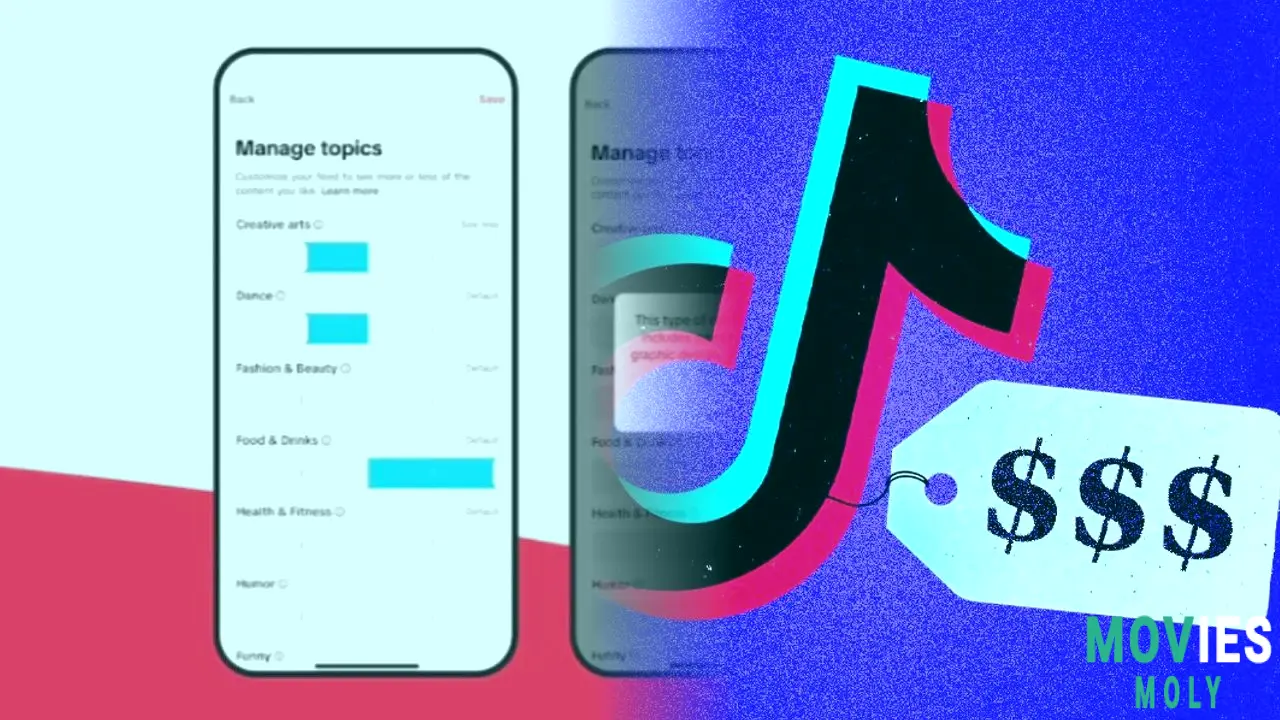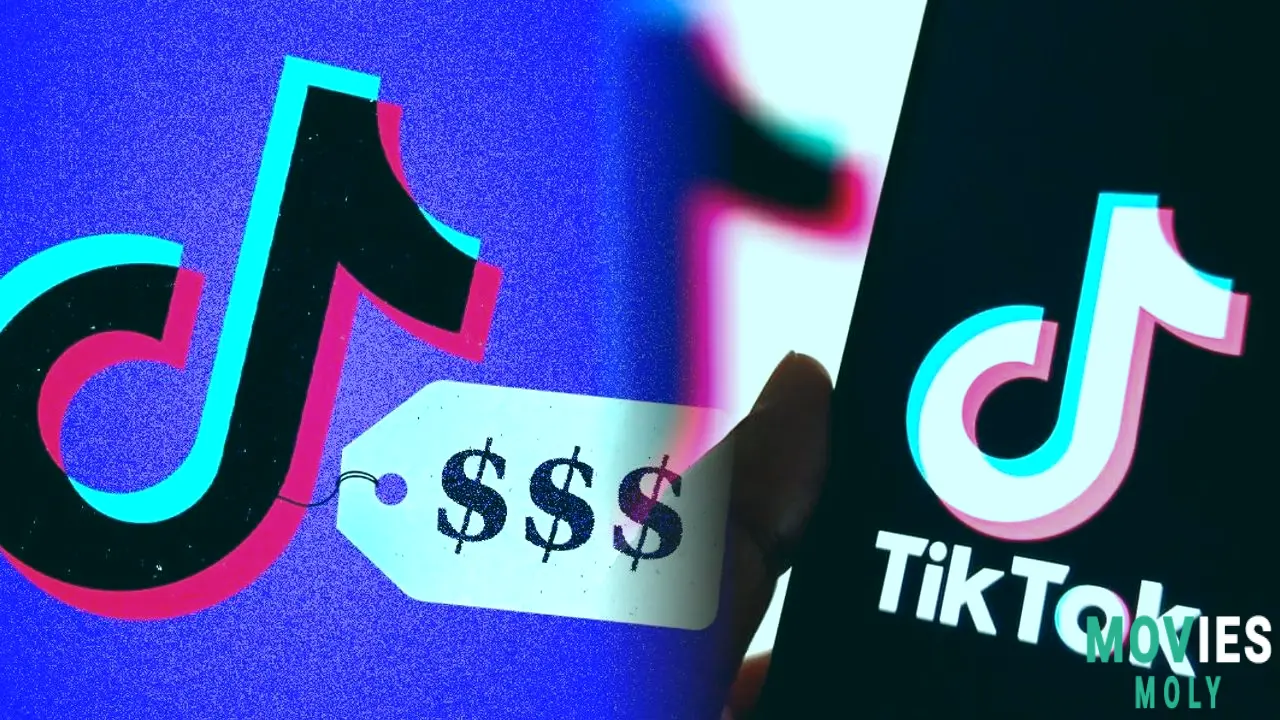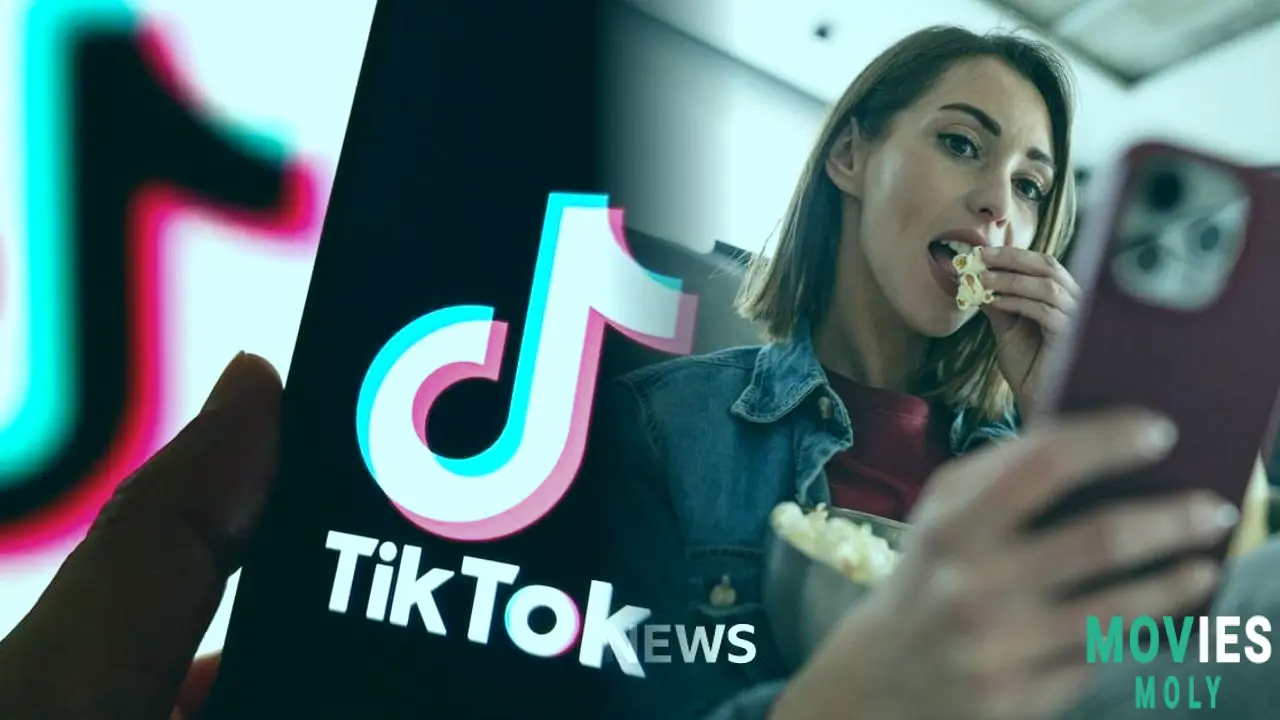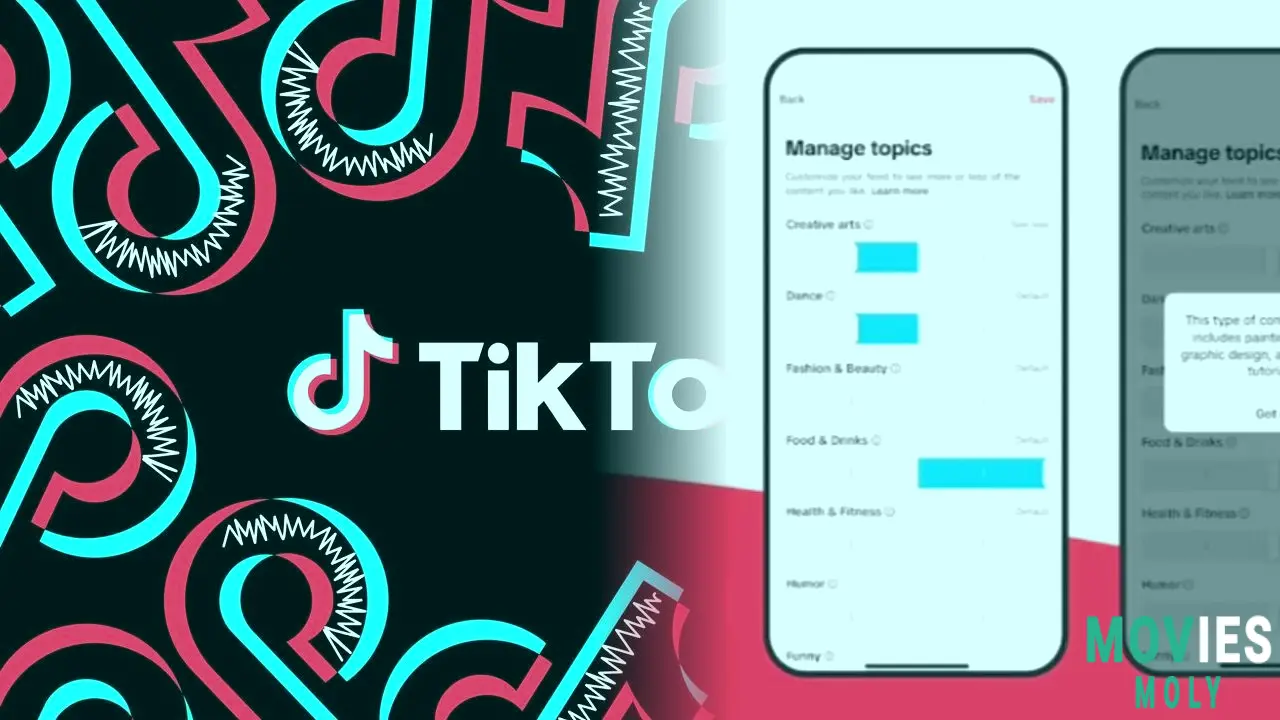If you spend any time on the internet, you have probably scrolled through Tiktok. It is a place where trends catch fire and new creators emerge. Recently, TikTok has been making some moves to give users more control over what they see. They are rolling out new tools for user well-being and content control. These updates aim to help people personalize their feeds. They want to make it easier to discover creators and content they truly like.
Among these new additions is something called Manage Topics. This setting lets users adjust how often they see content from more than ten popular categories. Think travel nature sports and creative arts. They also brought in an improved Keyword Filtering tool. This one is powered by AI to pick up on similar words and phrases. It now supports up to 200 keywords. This gives users much more precise control over the content they prefer to skip. To support these changes TikTok also introduced an Updated Safety Center Guide. This guide helps users better understand and customize their For You feed. The company said that the For You feed is the center of the TikTok experience. It is where people find new interests and creators build big communities. All these features sound like a good step towards a safer and more user-friendly app.
New User Control Features Arrive as TikTok Tries to Improve Its Platform ExperienceHow TikTok's Latest Updates Aim to Give People More Say Over What They See and Engage With
These self-care updates follow other changes TikTok made in March. Those were the Family Pairing updates. They added tools to give parents more control and create a safer experience for teens. These earlier updates included a feature called Time Away. This lets parents block access to the app during certain times. They also added new visibility tools. Parents can now see a teen's follower list. TikTok said at the time these updates were part of its ongoing efforts to change its Family Pairing features. They want to better support parents in guiding their teens' online lives. This seems like a clear effort to make the app a better place for everyone, especially younger users. However, despite these positive moves, some serious problems have recently come to light.
Serious Safety Concerns Emerge on TikTok Shop Regarding Unlabeled Food Items

Why Allergy Sufferers Are Being Put At Risk by Unsafe Food Sales on the Popular Platform
While TikTok is working on these helpful features, a concerning issue has popped up on TikTok Shop. People are selling food items without listing important allergen information. The BBC found listings showing snacks and sweets that did not highlight that they contain one of the 14 main allergens. UK businesses are legally required to declare these. When the BBC told TikTok about these listings, the company deleted them. TikTok said it is committed to providing a safe shopping experience. They also said they have policies in place to ensure food safety and will remove products that do not follow these rules.
Despite these statements, it seems possible to sell food on TikTok Shop without any ingredient or allergy information. For example, the BBC found one seller, Mega Buy UK, selling a sweet treat related to the popular Netflix show Squid Game. The seller listed the ingredients and allergens as "not applicable." Another UK-based seller, The Nashville Burger, listed a burger-making kit. This kit contained milk, which is one of the 14 allergens. It also had wheat, which should be listed as an allergen under cereals containing gluten. But on TikTok Shop, the allergen information was just "spices" and the ingredient description said "flour." The BBC also found UK Snack Supply advertising lollipops and crisps with no ingredient or allergen information at all.
Allergy charities are very worried about this. Simon Williams, chief executive of Anaphylaxis UK, warned people with allergies not to buy anything if the ingredient and allergen information is missing. He said "You're putting your life in grave danger." Kate Lancaster, whose two children have milk allergies, regularly posts advice on TikTok as The Dairy Free Mum. She believes TikTok has a duty to make sure all products sold on its platform meet safety rules. She called it "completely unacceptable and really worrying." Tanya Ednan-Laperouse, who started The Natasha Allergy Research Foundation after her daughter died from an allergic reaction, agrees. She said TikTok should be responsible for making sure all UK food sellers follow the rules. She thinks any sellers who do not should be removed and looked into. It is clear this is a serious problem that needs more strict action.
TikTok Also Faces Pressure Over Harmful Content Like The #SkinnyTok Hashtag

How Regulators Stepped In To Address Unhealthy Trends Affecting Younger Users Online
The food safety issue is not the only problem TikTok has been dealing with. The platform recently banned a well-known hashtag linked to weight-loss videos called #SkinnyTok. This happened after regulators in Brussels and Paris put pressure on them. In recent months, TikTok was full of videos showing very thin young women. These videos promoted extreme diets and shared weight-loss tips. This kind of content caught the attention of both the European Commission and the French digital regulator Arcom.
TikTok announced the ban saying they blocked search results for #skinnytok because it became linked to unhealthy weight loss content. They said this was part of their regular review of safety measures to deal with new risks. Now, if you search for the hashtag, it leads to a link for mental health support. France's Digital Minister Clara Chappaz celebrated this ban. She called it a "collective victory" after almost two months of lobbying. This included support for a public petition and a meeting with TikTok officials. She stated that "the fight to protect our children online doesn't stop there." This situation highlights the ongoing challenge for TikTok to control harmful content, especially for younger users.
The Shifting Landscape of TikTok Shop: The End of Free Organic Views

How Businesses Are Now Expected to Pay for Visibility as the Platform Evolves
Beyond safety issues, TikTok is also changing how businesses find success on its platform. For years, TikTok sent free traffic to videos from US sellers to help spark interest in its e-commerce business. But now, product sellers usually have to pay for TikTok ads to get a lot of views on their videos. This shift started last year but has really picked up speed in 2025. This change has been tough for some small businesses that were drawn to TikTok because it seemed like a cheap way to sell things. A big part of the company's pitch to e-commerce brands was that it was a platform for viral videos. If you were lucky, they would make your products take off too.
Whether you sold pickle-jar themed sweatshirts or freeze-dried Skittles, you used to have a chance at getting millions of views for free. After a video got popular, sales would often follow, sometimes faster than sellers could handle. But in 2025, those free views and sudden surges in orders are rare. Three TikTok agency partners said the platform has many more companies now competing for attention. It is not boosting their views as often. Max Benator, CEO of the social-commerce agency Orca, said that brands should plan their business to work on a platform where ads are needed. He thinks you cannot keep growing without an ad program that costs money.
This move towards paid traffic shows that TikTok is maturing. William August, CEO of the social-shopping firm Outlandish, explained that when TikTok first tested Shop in the US, it had to send free traffic to sellers. This was to get interest and show that the platform could drive sales. Ultimately, the company wants its business to be more like its Chinese sister app Douyin, or like Amazon. These platforms make money from ads and also take a cut from product sales. A TikTok spokesperson said their team works closely with sellers to give tips on content strategies that work well. While there are still times TikTok will boost views for Shop videos, the overall trend is clear. Freebies are disappearing. This might make it harder for small businesses to justify paying for better performance. It is a big change for anyone trying to sell products on the platform.




